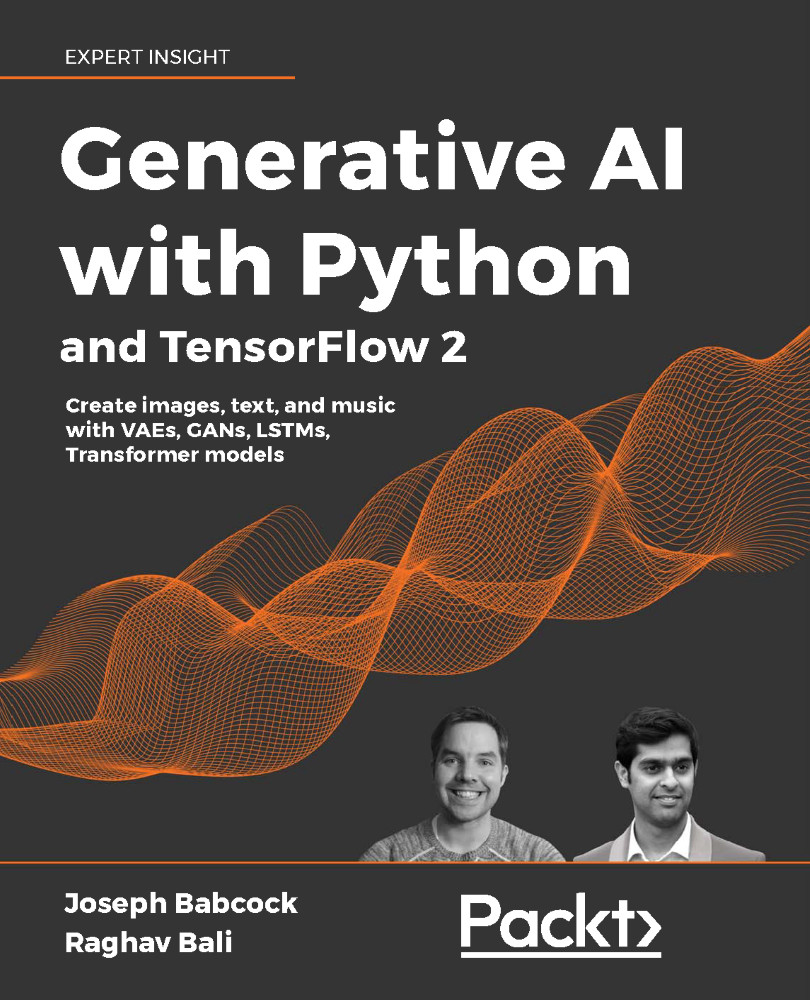The MNIST database
In developing the DBN model, we will use a dataset that we have discussed before – the MNIST database, which contains digital images of hand-drawn digits from 0 to 91. This database is a combination of two sets of earlier images from the National Institute of Standards and Technology (NIST): Special Database 1 (digits written by US high school students) and Special Database 3 (written by US Census Bureau employees),2 the sum of which is split into 60,000 training images and 10,000 test images.
The original images in the dataset were all black and white, while the modified dataset normalized them to fit into a 20x20-pixel bounding box and removed jagged edges using anti-aliasing, leading to intermediary grayscale values in cleaned images; they are padded for a final resolution of 28x28 pixels.
In the original NIST dataset, all the training images came from Bureau employees, while the test dataset came from high school students, and the modified version...












































































